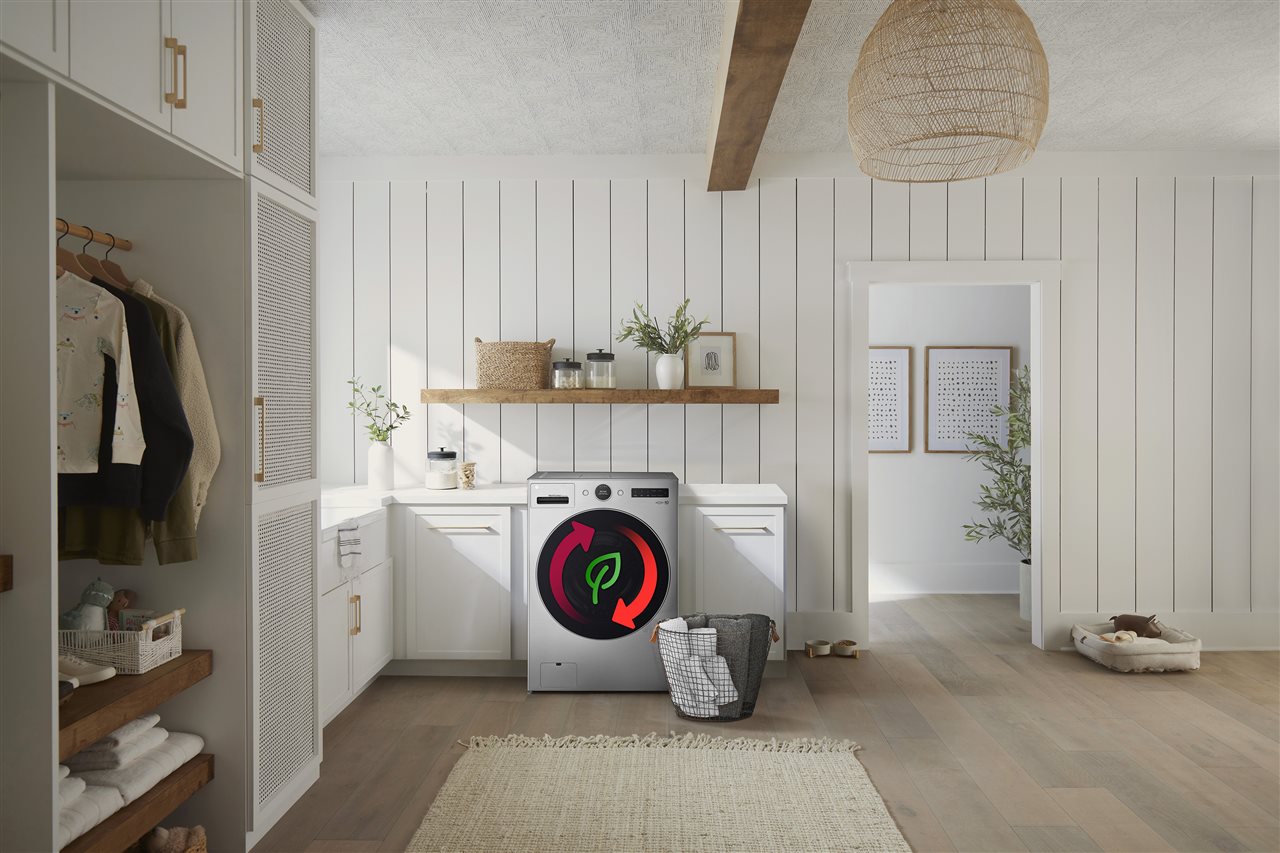2025-03-15T04:01:00
(BPT) – Being a parent is a gift. It expands your heart and mind in ways you never thought possible — and completely redefines your concept of what love can be.
But at its core, parenting is also an act of giving. When you have kids, you give up your time, you give up your money … Some days you just give up.
You devote your entire life to these ungrateful little angels, and how do they repay you? Sleepless nights, devastating-yet-accurate comments about your appearance, and an annual piece of handmade pasta jewelry (which, honestly, they could have spent a few more minutes on).
You deserve a gift. But your toddler is too self-centered to even think about buying you one (and he can’t shop online because his credit score is terrible). So if you want appreciation, you’re gonna need to appreciate yourself.
“But how?” you say. “I am my child’s full-time caregiver / janitor / chicken nugget concierge, and do not have the resources to spend a weekend getting rubbed at the spa by a Norwegian powerlifter.”
It’s possible — you just need to get creative.
Here are five affordable, time-conscious gifts that any parent can give themself.
1. Sensory deprivation bucket

Having kids can be very overstimulating. For roughly 18 hours a day, your home is filled with screaming and singing and fights about yogurt. So when the preschool pandemonium becomes too much to bear, just slide your head into a Sensory Deprivation Bucket and escape into a world of blissful nothingness.
It’s simple to make one of these. Just take a bucket (but not the one you keep in the hall closet for your kids to barf in) and line the inside with foam padding for sound/odor proofing. Then enjoy something parents rarely get: the amazing sensation of having no sensations. You will hear no yelling, see no Roblox, and smell no hot dog burps. Welcome to Nirvana.
2. Dumpster salad

You spend a lot of the day trying to fill your body with kale and organic juices and other things Instagram influencers claim will give you “dewy skin” (whatever that means), but everyone needs a cheat meal. While cheat meals are usually reserved for people who have been eating right and exercising, no court would convict a stressed-out parent for consuming the 12,000-calorie dietary abomination known as a “Dumpster Salad.” And it’s easy to prepare!
Just grab a mixing bowl and fill it with the most horrifyingly delicious foods you can find in your cabinets — donuts, salami, Skittles, etcetera — then drizzle it all with ranch dressing. Eat it with a shovel from your kids’ sandbox and never speak of this shameful event ever again.
3. Shower bourbon

Shower Bourbon is bourbon you can drink in the shower. For this, just pour yourself a glass of bourbon and take it in the shower. Once in the shower, you can drink the bourbon. (Please drink responsibly.)
4. Denial
Your kids lie to you every second of every day, so why not lie to yourself for a change? Convince yourself, however briefly, that one day raising kids will get easier. And you will have time to exercise. And after doing exactly six sit-ups, you will look just like your hot yoga instructor, Clay (whose ponytail smells like cinnamon).
5. Wow, You Look Terrible!

And, of course, the greatest gift a parent can give themself is the new comedy book Wow, You Look Terrible! How to Parent Less and Live More. It’s brimming with irreverent humor, a foreword by Jimmy Kimmel, and even more advice on how to claw your life back from the parenting process. Preorder it here.


























